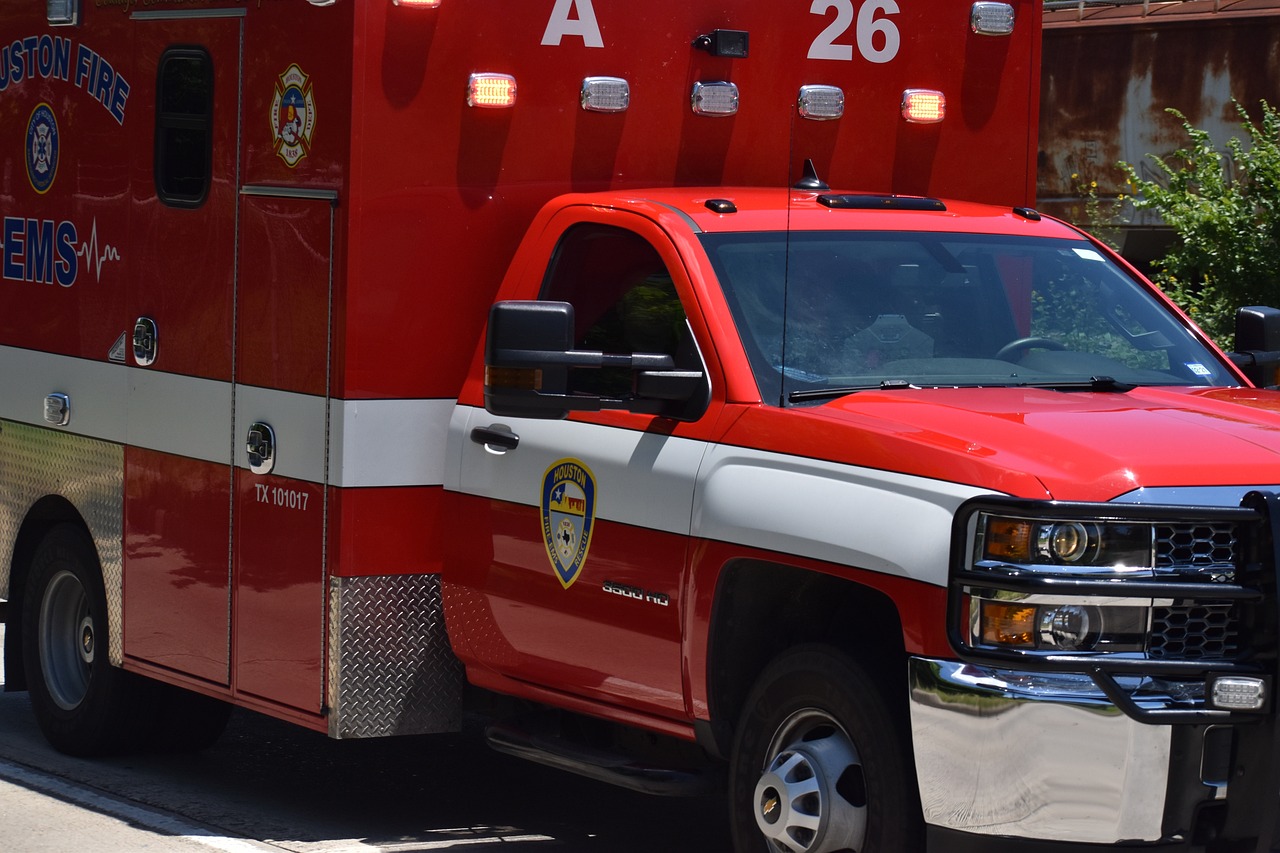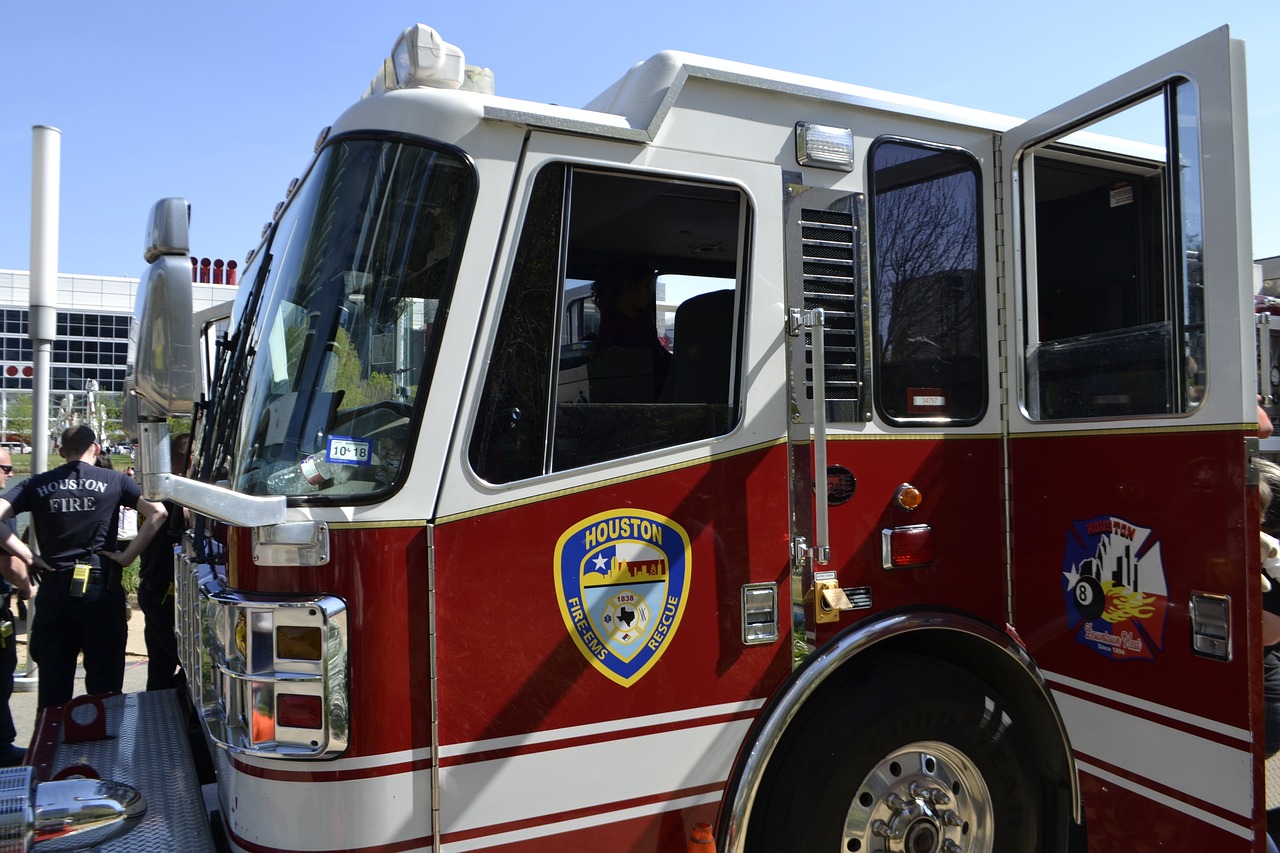Are you prepared for the unexpected? The “Emergency Planning Guide” is here to help you navigate through crisis situations, ensuring the safety and security of your household. From creating a comprehensive family safety plan to equipping yourself with the necessary tools for disaster readiness, this guide provides invaluable tips and resources to handle emergencies like a pro. Discover the key elements of emergency planning, crisis preparedness, and survival strategies, empowering you to confidently face any unforeseen event.
Emergency Planning Guide
Welcome to the Emergency Planning Guide! In this comprehensive article, we will walk you through the importance of emergency planning and discuss the key components of an effective emergency plan. Whether you are an individual preparing for potential emergencies or a community looking to enhance resilience, this guide will provide you with valuable insights and practical advice.

What is Emergency Planning?
Emergency planning refers to the proactive process of preparing for and responding to potential emergencies or disasters. It involves assessing risks, establishing communication protocols, creating evacuation or shelter-in-place procedures, assembling emergency supplies, and providing the necessary training to respond effectively in crisis situations. The goal of emergency planning is to protect lives, minimize damage to property and resources, and ensure a swift recovery.
Why is Emergency Planning important?
Emergency planning plays a crucial role in saving lives and minimizing the impact of unforeseen events. By having a well-thought-out emergency plan in place, you can reduce panic and chaos during a crisis, protect your property and resources, and facilitate a quicker recovery. Moreover, emergency planning enhances community resilience and enables individuals and organizations to better adapt and bounce back from emergencies or disasters.

Key Components of an Emergency Plan
1. Risk Assessment
A comprehensive risk assessment is the foundation of any effective emergency plan. This involves understanding potential hazards in your area, such as natural disasters, technological accidents, or security threats. By identifying vulnerabilities and assessing the impact and probability of each risk, you can determine worst-case scenarios and develop appropriate mitigation strategies.
2. Communication Plan
A clear and well-established communication plan is crucial during emergencies. This includes designating primary and alternative modes of communication, such as phone systems, two-way radios, or social media platforms. Assigning communication roles and responsibilities ensures that everyone knows their part in disseminating information and coordinating efforts. It is also essential to ensure accessibility of communication tools for individuals with disabilities.
3. Emergency Contact Information
Having access to up-to-date emergency contact information is vital during a crisis. Compile a list of essential contact numbers, including local emergency services, healthcare providers, family members, and neighbors. Distribute this information to relevant individuals and ensure it is easily accessible at all times. Regularly review and update contact details to account for any changes.
4. Evacuation Plans
During certain emergencies, evacuation may be necessary for the safety of individuals. Identify evacuation routes and establish clear procedures to follow in such situations. Determine assembly points away from the affected area where everyone can gather for further instructions. Consider any special circumstances, such as individuals with mobility challenges, and make appropriate accommodations.
5. Shelter-in-Place
In certain situations, it may be safer to remain indoors rather than evacuate. Understanding shelter-in-place practices is essential for effectively protecting yourself and others. Identify safe areas within your premises, such as basements or designated rooms with minimal windows. Stock necessary supplies, such as food, water, first aid kits, and emergency lighting. Maintain communication with external resources during the shelter-in-place period.
6. Emergency Supplies
Assembling emergency supplies is a critical component of emergency planning. This includes having a well-stocked emergency kit that contains essential items for survival, such as non-perishable food, water, a flashlight, batteries, a radio, a first aid kit, and personal hygiene products. Consider the specific needs of your family or community members, including infants, elderly individuals, or individuals with medical conditions.
7. Emergency Kit Checklist
To ensure all necessary items are included in your emergency kit, refer to a comprehensive checklist. This will help you gather and organize the essential supplies you may need during an emergency. Regularly review and update the checklist to account for changing needs or expired items.
8. Medical Information and First Aid
Keeping medical information readily accessible is crucial during emergencies. Document any existing medical conditions, allergies, necessary medications, and contact information for healthcare providers. Additionally, familiarize yourself with basic first aid techniques and consider enrolling in first aid training courses to be better prepared to provide immediate care during emergencies.
9. Emergency Response Training
Providing emergency response training to individuals or communities enhances preparedness and boosts confidence in responding effectively during a crisis. This training can include basic first aid and CPR, disaster response protocols, search and rescue techniques, and fire safety procedures. Regular training sessions and drills help ensure that everyone is familiar with the emergency plan and can act promptly when needed.
10. Review and Update
Regularly reviewing and updating your emergency plan is essential to ensure its effectiveness. Assess any changes in available resources, potential risks, or circumstances that may affect your emergency response capabilities. Conduct post-emergency evaluations to identify areas for improvement and involve stakeholders in the review process to gain valuable insights and perspectives.
By following these key components and taking the necessary steps outlined in this emergency planning guide, you can significantly enhance your preparedness for potential emergencies or disasters. Remember, a well-prepared response can save lives, reduce damage, and foster resilience within you and your community. Stay safe!



